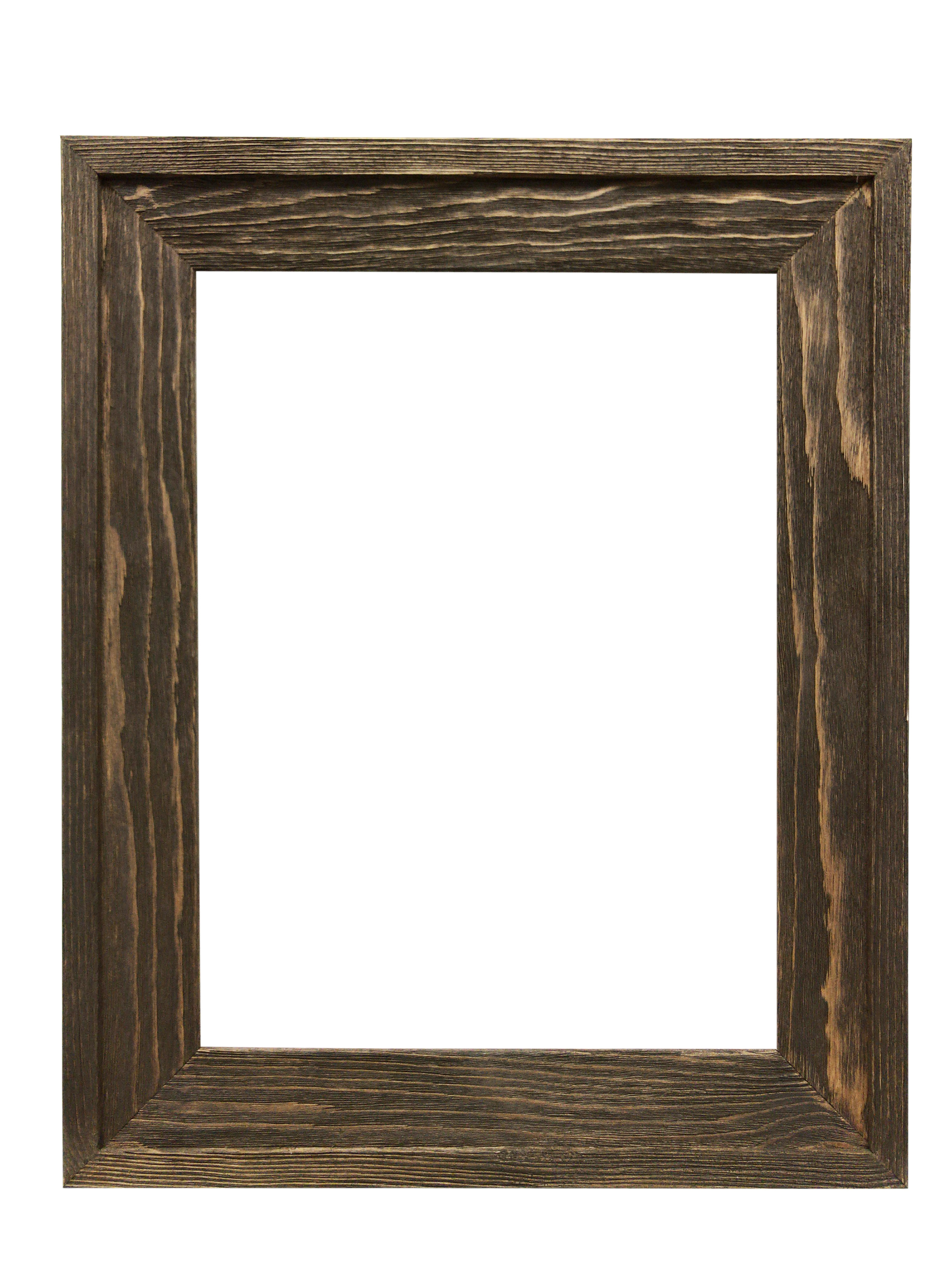Craft a Show-Stopping Mirror: Detailed Woodworking Plans
Transform a simple mirror into a breathtaking piece of art with these comprehensive woodworking plans. This project allows you to showcase your craftsmanship while adding a unique, personalized touch to your home décor. Whether you're a seasoned woodworker or a curious beginner, these detailed instructions guide you through each step, from selecting the perfect wood to achieving a flawless finish. Prepare to be amazed by the stunning results!
Choosing Your Materials: The Foundation of Beauty
The success of your mirror hinges on selecting high-quality materials. Start by choosing your wood. Hardwoods like walnut, mahogany, or cherry offer superior durability and an exquisite grain that will enhance the mirror's aesthetic appeal. Consider the overall style you envision – a rustic, minimalist, or ornate design will influence your wood selection. Beyond the wood, you'll need a mirror of your desired size and shape. Ensure it's securely backed to prevent accidental breakage. You'll also require wood glue, wood screws, sandpaper (various grits), wood stain or paint (optional), varnish or polyurethane (for protection), and finishing supplies.
Essential Tools for the Project
Gather your woodworking tools before you begin. A well-stocked workshop is crucial for a successful project. You'll need:
- Measuring tape and pencil
- Circular saw or miter saw for precise cuts
- Wood clamps to secure pieces during assembly
- Drill with various drill bits
- Sanding block or power sander
- Safety glasses and dust mask
Remember, safety is paramount. Always wear appropriate safety gear throughout the project.
Building the Frame: Precision and Patience
Begin by meticulously measuring and cutting your chosen wood to the exact dimensions required for your mirror frame. Accurate measurements are crucial for a perfectly fitting frame. Use a miter saw for clean, 45-degree angle cuts, ensuring the joints align perfectly. Securely clamp the pieces together, applying wood glue to each joint before carefully screwing them together. Take your time; this is the structural backbone of your masterpiece.
Enhancing the Frame: Adding Intricate Details
Once the frame is assembled, you have the opportunity to add personalized details. Consider incorporating decorative elements such as molding, carvings, or inlaid designs. These additions can transform a simple frame into a stunning work of art. If you're aiming for a more minimalist look, you can opt for a clean, unadorned frame, letting the wood grain speak for itself.
Finishing Touches: Bringing Your Vision to Life
Sand the entire frame thoroughly, starting with coarser grit sandpaper and gradually moving to finer grits, to achieve a smooth, even surface. This meticulous sanding process will ensure a flawless finish. Apply your chosen stain or paint, following the manufacturer's instructions. Allow ample drying time before applying several coats of varnish or polyurethane for a protective layer that enhances the beauty and longevity of your creation. Once dry, carefully attach the mirror to the back of the frame using appropriate adhesive or mirror clips.
Displaying Your Masterpiece
Finally, admire your stunning handcrafted mirror! Choose a prominent location in your home to showcase your exquisite woodworking skills. This mirror will not only reflect your image but also the pride and artistry you poured into its creation. It's a perfect conversation starter, a testament to your dedication, and a stunning addition to any room.













